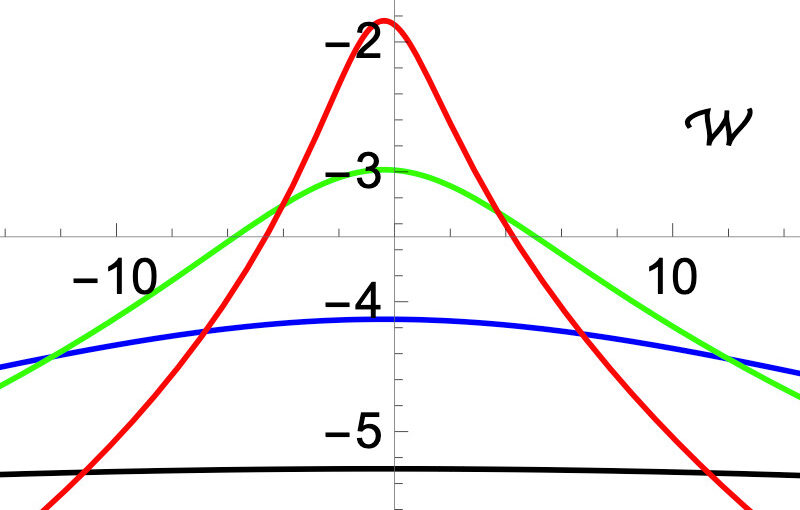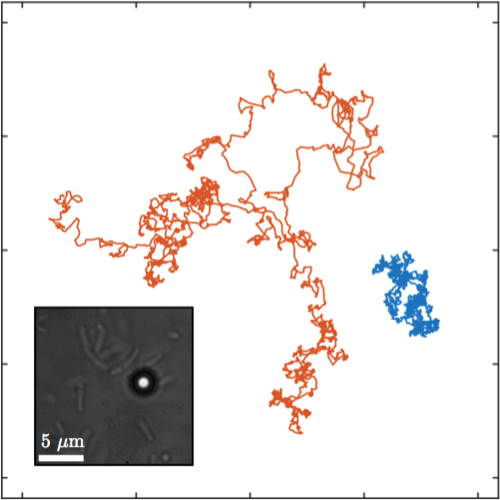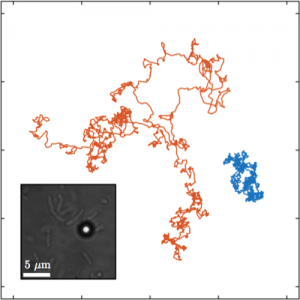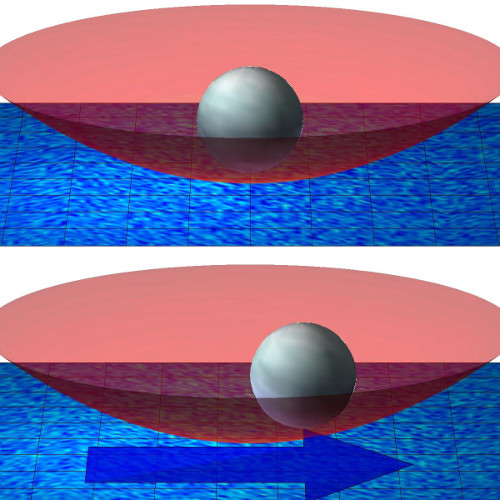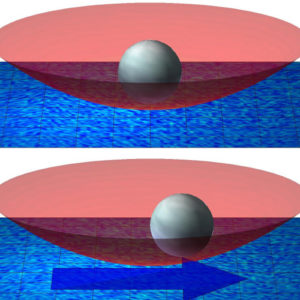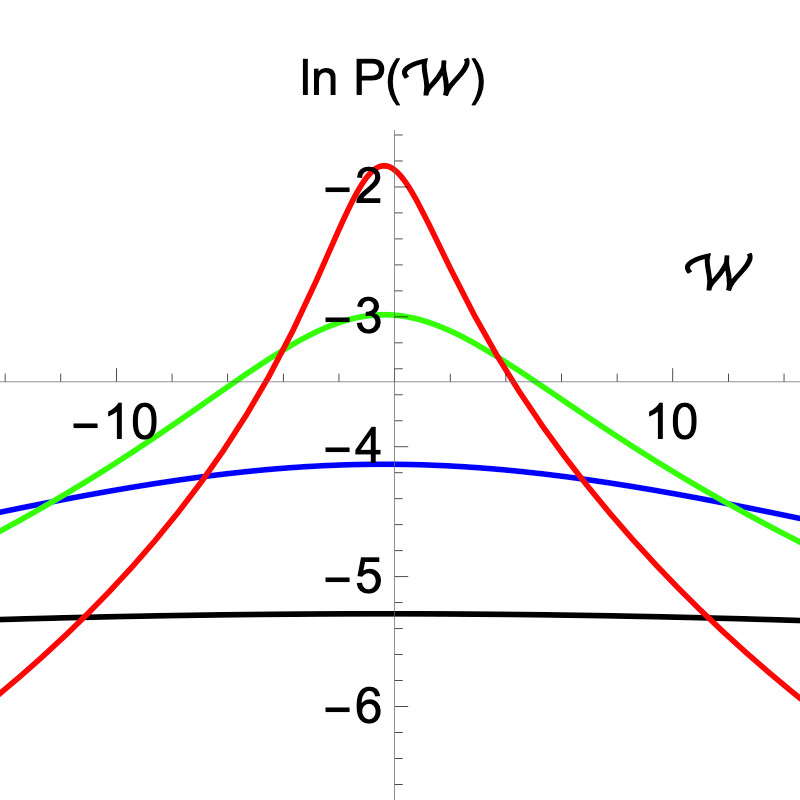
Pascal Viot, Aykut Argun, Giovanni Volpe, Alberto Imparato, Lamberto Rondoni, Gleb Oshanin
arxiv: 2307.05248
The Brownian gyrator (BG) is a minimal model of a nano-engine performing a rotational motion, judging solely upon the fact that in non-equilibrium conditions its torque, angular momentum L and angular velocity W have non-zero mean values. For a time-discretized model, we calculate the previously unknown probability density functions (PDFs) of L and W. We find that when the time-step δt → 0, both PDFs converge to uniform distributions with diverging variances. For finite δt, the PDF of L has exponential tails and all moments, but its noise-to-signal ratio is generically much bigger than 1. The PDF of W exhibits heavy power-law tails and its mean W is the only existing moment. The BG is therefore not an engine in common sense: it does not exhibit regular rotations on each run and its fluctuations are not only a minor nuisance.
Our theoretical predictions are confirmed by numerical simulations and experimental data. We discuss some improvements of the model which may result in a more systematic behavior.
